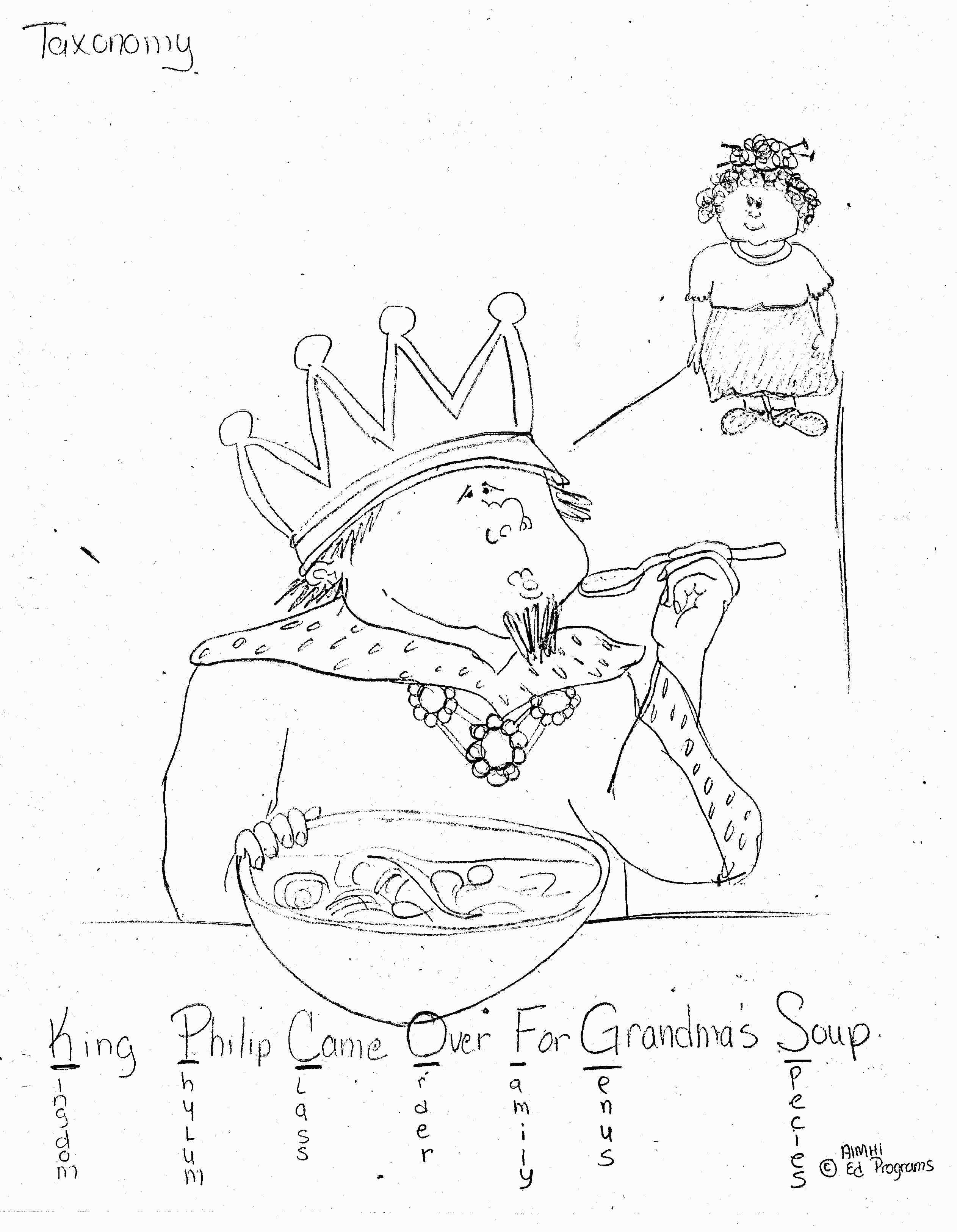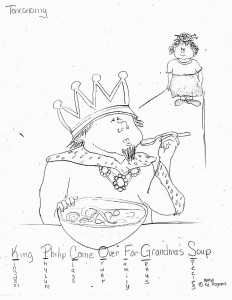How to Have a Better Memory
Learn what every teacher should know about helping students have better memory, comprehension, and test success! These five steps will help your students learn faster because they incorporate non-linguistic representation (that’s visuals in research
jargon) into instruction!
Teach Using These Five EASY Steps and Watch Your Students Learn Faster!
- Provide visual clues. Not only do we want to put pictures with verbal information, we want to put verbal information, often in the form of labels, with pictures…and that helps us to remember that information. It forms associations, it
gets us to connect new information with a picture. - Create visual images to represent key concepts being taught by using simple clip art or line drawings or symbols. Whenever the concept is presented, present the visual symbol also. Have students draw the visual symbols in their notes, or provide a one-page handout of drawings representing concepts in the unit for students to cut and paste in their notes or on their study cards.
- Color code notes. When giving notes, connect a color with specific chapters/units being studied. For example, an eight-grade teacher presents the French and Indian War in green overhead marker, and has students write notes using green marker. The next unit may be presented in blue, the next in brown. Caution: Avoid using red and green back-to-back, or blue and purple back to back, as students with color deficiencies may not see a difference between the colors.
- Create visual diagrams or flow charts of the step-by-step process for using machines, cooking, computer instruction, physical education games, body system process, etc. Have students review by presenting the diagrams without the words for the students to complete. Some students may need a word/phrase box. Visual diagrams, flow-charts, and mind-maps INCREASE Critical Thinking Skills.
- Create time sequence charts with titles for major eras of history. Then create a mnemonic to represent the titles in sequence.
Need To Learn Faster? Try This Simple Visual Strategy!

Special Needs is ALL types of Learners including gifted, at-risk, English Language Learners, 504, Special Education Needs, and Honors Students. These strategies work for ALL!
For Thousands Of Tips To Teach… So Your Students Are Top Performers
Get this Book Now!
Gain more knowledge on differentiation strategies to reach ALL learners
Get Susan Fitzell’s book Now. Don’t waste any time
Special Needs in the General Classroom, Strategies That Make It Work. Available in both print and electronic versions!
Want quality professional development you can afford? Save time with this popular PD option:
A Professional Development Kit, for all teachers, with a Graduate Credit Option!
Bring Susan to your campus!
Featured seminar – Differentiation Strategies to Reach ALL Learners in the Inclusive Classroom


